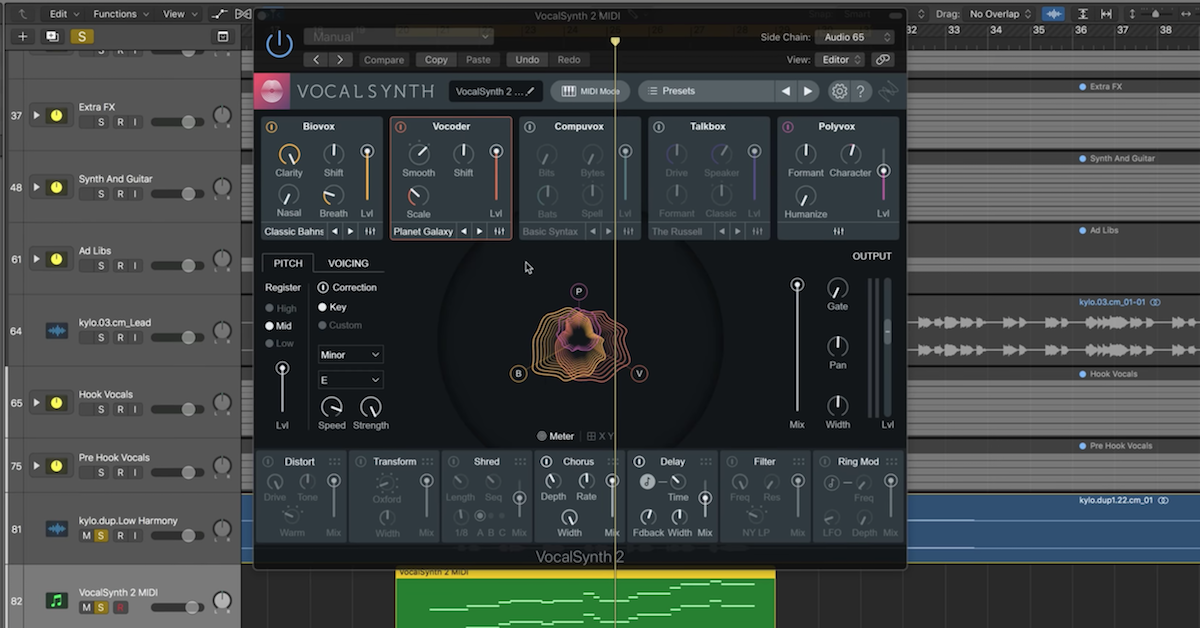3 Things You Should Know About Metadata
Article Content
To successfully deliver music to a client and their listening audience, it is important to supply the media tools collectively known as metadata. This is the term we use to describe any secondary data that are used to describe or organize the digital media itself (i.e. the audio data).
Most metadata are medium-specific — meaning that the delivery method defines what the relevant metadata are, and how they will be delivered. Here are a few of the most frequently important points.
1. Compact Discs: CD-Text vs. Online Databases
CD-Text is an Interactive Text Transmission System that was added to the Red Book CD-DA standard in 1996. Using CD-Text, information like Artist Name, Album Title, and Song Title is stored in the lead-in of a Red Book CD. CD players and CD-ROM drives that support CD-Text can display that information during playback.
CD-Text does not supply metadata to digital media applications like iTunes, WMP, or ripper apps because the metadata are not embedded in the audio files themselves. Rather, these types of applications have to use one or more online databases like the Gracenote CDDB to access a hosted set of track-specific metadata.
Regardless of your choice to include CD-Text with your CD master or not, CD database information must be submitted separately. Submitting to the Gracenote CDDB is as simple as inserting the CD into your computer, manually entering the information into the appropriate fields in iTunes, and choosing ‘Submit CD Track Names’ from the Advanced menu.
2. Digital Delivery: Embedded Metadata
Every digital audio file format has standardized metadata ‘tags’, or addressed locations in the file where specific information about the file is stored. Some of these metadata tags self-populate (like creation date), but others must be entered manually. Each audio file format is different, so knowing your choice(s) is important.
Audio file formats developed as consumer delivery media will typically have dozens of user-populated metadata fields (tags) that are presented in the GUI of an app like iTunes or Spotify. The ID3 tags standardized for MPEG-3 files are an obvious example.
Other audio file formats, like Broadcast Wave, were developed as production tools, so their standardized metadata facilitate Media Asset Management as opposed to consumer GUI. This can be an important part of choosing your delivery media, so be sure to do your research or ask a mastering engineer.
3. Metadata and Mastering
The mastering process will conclude with the creation of the file sets that are delivered for CD replication and/or online distribution. These are the unique media known as the ‘master(s),’ and should include complete metadata to avoid confusing or incomplete results over the recording’s useful life.
It is as important to bring metadata into the mastering process, as it is to bring mixes. Here are some points to be certain to cover before your mastering session:
- Have all of your song titles solidified and spelled exactly as they are copyrighted;
- Consider using International Standardized Recording Codes (ISRC) If you’re not already an ISRC registrant, be sure to register in advance so that you can provide ISRC information to your mastering engineer. Deal directly with usisrc.org to avoid being over-charged;
- Take the time to make a spreadsheet of additional metadata tags (and their values) that you want to be included in your master media.
In an era when music listeners are as interested in finding, sharing, and referring to music as they are actually listening to it, producers should be sure to provide them with the metadata tools they need to stay interested. As usual, plan ahead and do your research.





